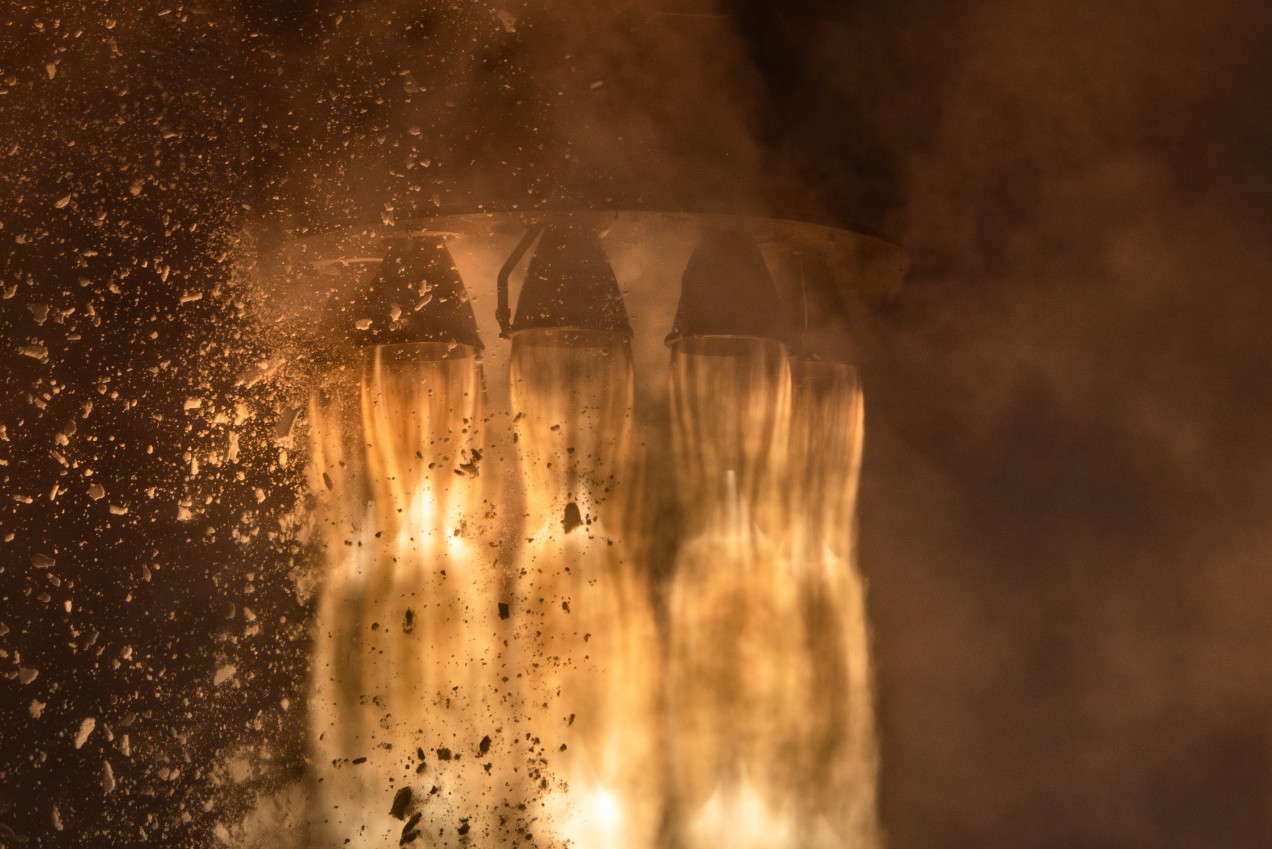

Space / Space Exploration
Rocket Lab: The small firm that launched the 3D-printed space revolution
Peter Beck founded Rocket Lab, which 3D-prints rocket engines for NASA. We talked to him about the technology’s benefits—and the future of the fledgling small launch industry.

3D printing continues to creep its way into the rocket industry. SpaceX launched its first 3D-printed part, the body of a main oxidizer valve, back in 2014, for example. And Blue Origin is incorporating 3D-printed components into its powerful BE-4 engine.
But one of the organizations with the most experience flying 3D-printed parts is Rocket Lab, based in New Zealand and the US. Founded by engineer Peter Beck in 2006, Rocket Lab is now leading the pack among small-satellite launch companies, thanks to its Electron rocket. Six of the rockets have launched successfully so far—each equipped with nine Rutherford engines that are created primarily using metal 3D printing, as are a number of other elements on board.
Traditional subtractive manufacturing methods carve a finished product from a block of material. 3D printing, also known as additive manufacturing, builds up a shape layer by layer. That makes it possible to create lightweight objects with intricate internal structures that can’t be made any other way.
Beck, now the CEO and CTO of Rocket Lab, sat down with us to discuss his company’s choice to invest heavily in 3D printing and how it’s being used in rocketry today.
How have you seen 3D printing in rocketry evolve since you chose to use it for creating your engines?
When we started metal 3D printing, we were a very early adopter of it. I remember when we first announced the Rutherford engine at the National Space Symposium four years ago, everybody looked at that and said, “That’s pretty outrageous.” Now if you don’t have at least some of your engine 3D-printed, you’re considered really behind the times.
We’ve put over 50 Rutherford engines in space, more 3D-printed engines than anybody else in history. It’s okay to do it once, but to do it 50 times successfully, it’s a different level of understanding of the process and the quality control that’s required.
Are you able to use off-the-shelf machines or did you need to create your own?
When we started we bought 3D printers, and we hacked into them. We modified it to suit our requirements. We printed geometry that even today, if you take to most 3D-printing shops, they’ll tell you that’s not a printable geometry. A lot of the components even now push the boundaries of what would generally be acceptable.
Have there been any fundamental changes to the rocket design that you’ve been able to make only because of your use of additive manufacturing?
Oh, absolutely. I mean, the Rutherford rocket engine is, to our knowledge at least, the highest-performing liquid oxygen–kerosene engine in America, with slightly hotter performance than the [SpaceX] Merlin 1D. And that is in part due to 3D printing. We 3D-print all of our injectors, and we’re able to 3D-print geometry within the injector that allows for superior mixing and superior performance that you couldn’t do with other manufacturing processes. It’s really hard to get a small engine really highly efficient.
Do you think 3D printing provides any advantages specific to the rocket community?
Yeah, absolutely. It’s the same with any industry. When there are highly complex components, you can merge them together to make a subsystem or a high-level component more efficient, more cost effective, or more high performance.
This is where I’ve seen it go wrong. Someone will try to 3D-print a bracket. It’s just a waste of time. 3D-printing a bracket makes no sense. The secret here with this technology is to not just get excited about it being 3D-printed, and just start 3D-printing everything willy-nilly. It’s choosing the components that are complex, and that can be merged, and there are [plenty] of those with a spacecraft.
If you 3D-print the whole truss structure, and within that there is a bracket that holds not one component, but 50 components along with your propellant tanks, now we’re talking. That’s actually a really useful use of the technology.
Was it a challenge at first to get customers on board with a 3D-printed engine?
Not really. One of the true tests was when we flew a NASA mission. NASA goes through in extreme detail all of the systems of the launch vehicle, and of course they spent a lot of time on the Rutherford engine and understanding the 3D-printed components there and the technology. But it all passed muster.
Do you think there’s a first-mover advantage when it comes to both small-satellite launching and 3D printing?
Absolutely. There’s a huge number of small launch vehicles in development. And it’s funny, because everybody’s quoting the same customers. So we’re predicting a really brutal consolidation of the small-launch-vehicle market. Right now it’s definitely in a bubble. I think small launch is in for a really brutal time in the next 12 to 18 months.
How do you think that will affect Rocket Lab?
We’re in a very unique position, as we’re the only people flying right now. So we’re seeing a huge amount of demanifesting of other paper rocket companies [companies that have yet to fly their rockets] onto us, because people are starting to realize that these companies that they bought launches with are years and years away from actually flying. The road to first flight is brutal, but the road post first flight, into production, is equally as brutal.
This interview has been edited for clarity and length